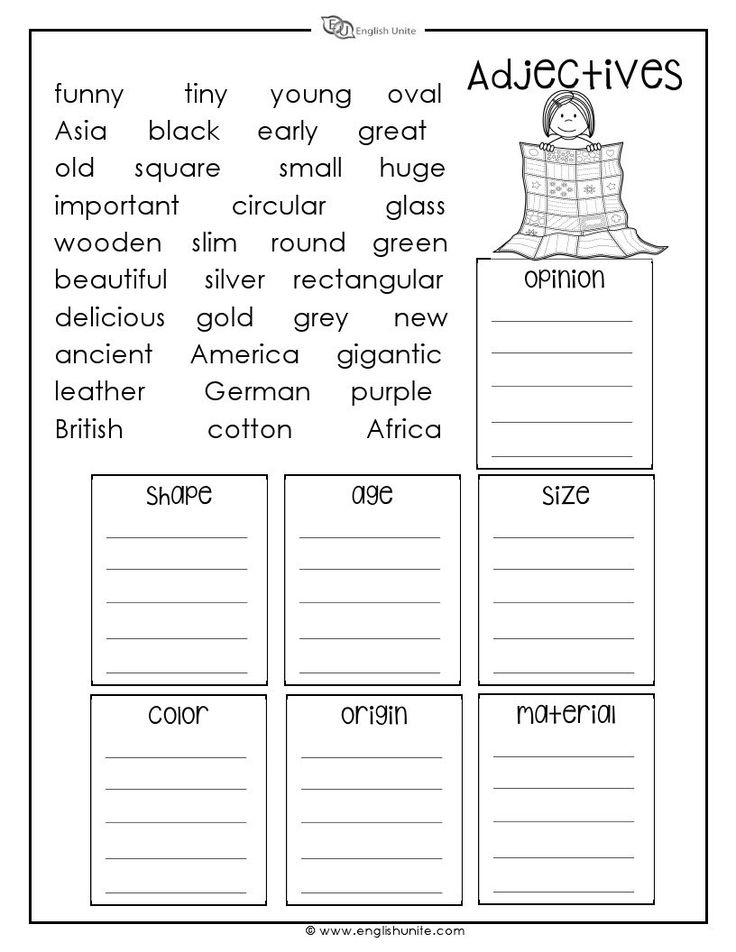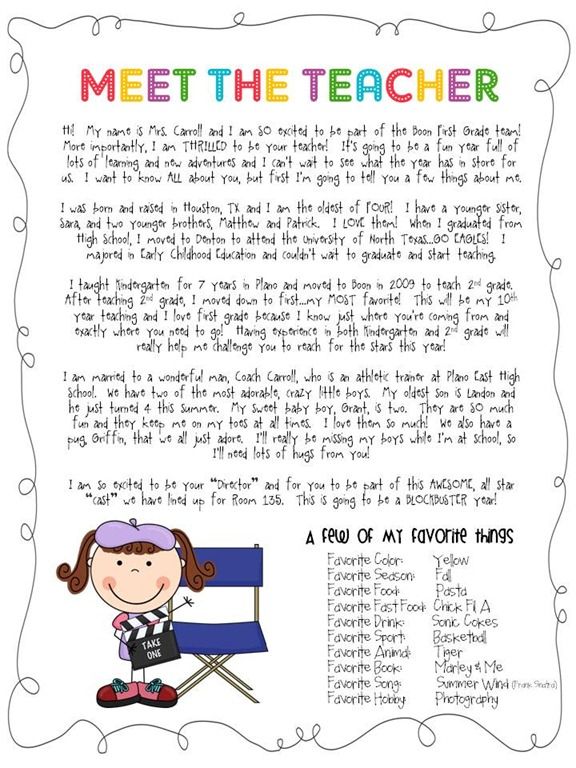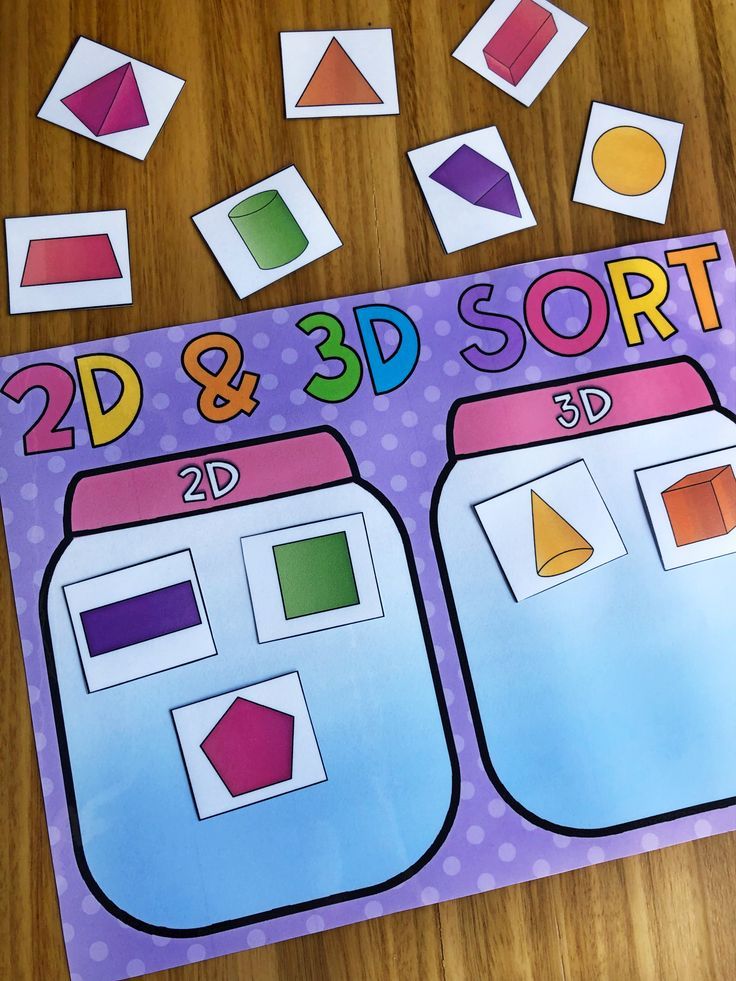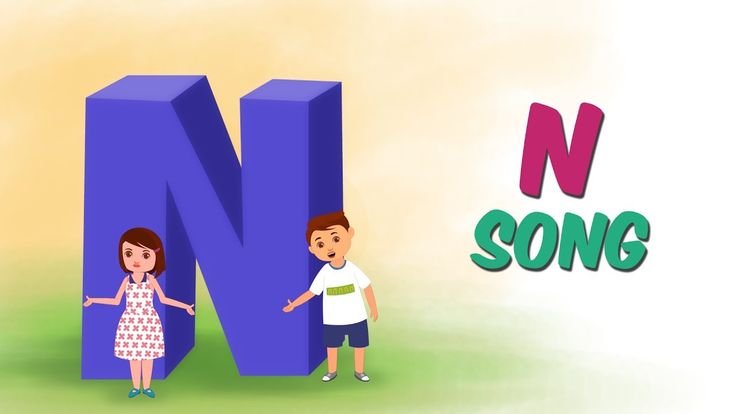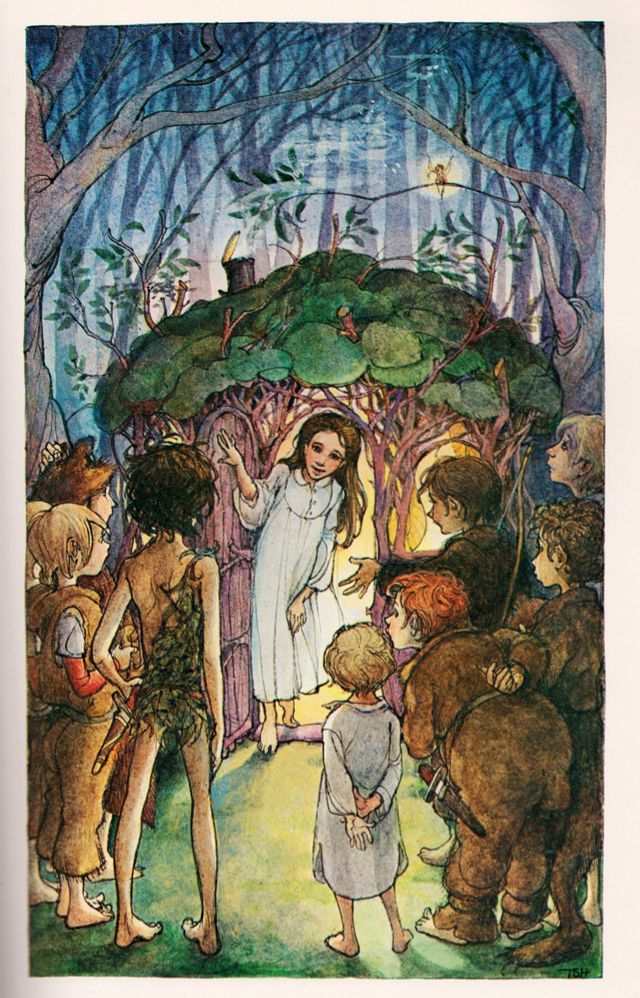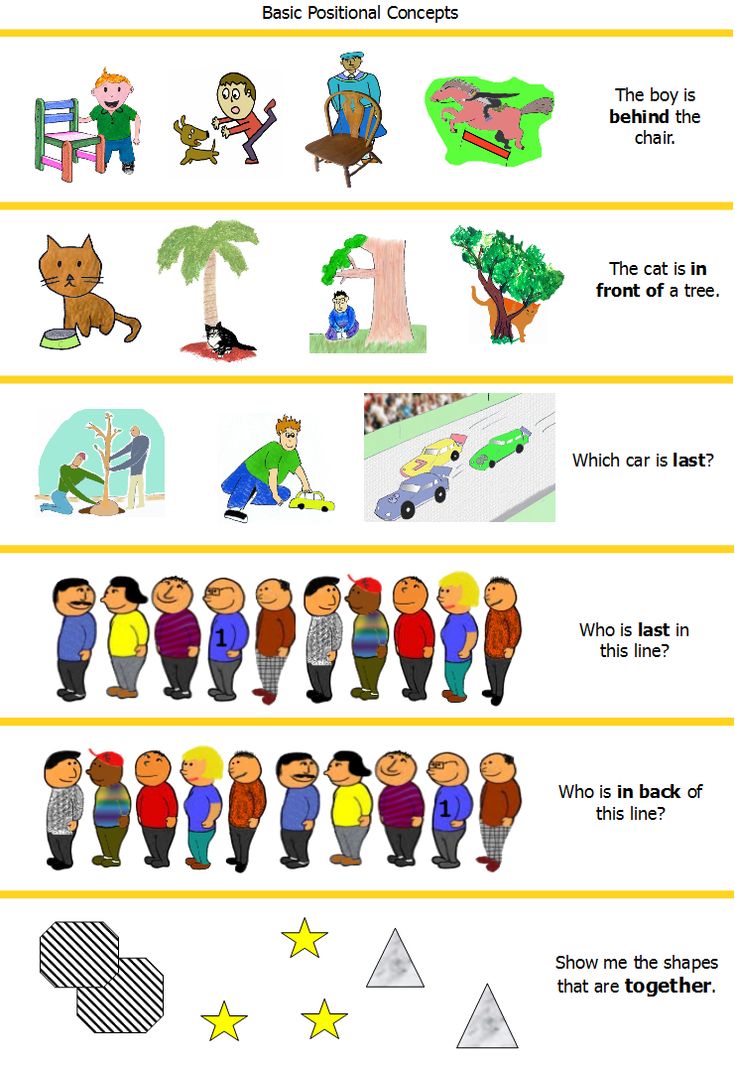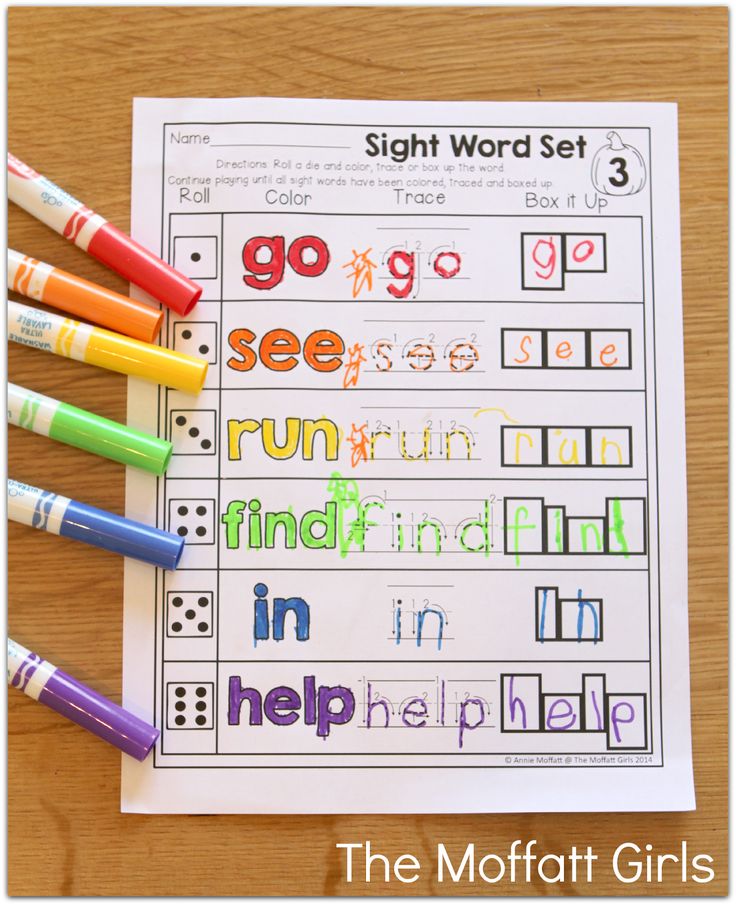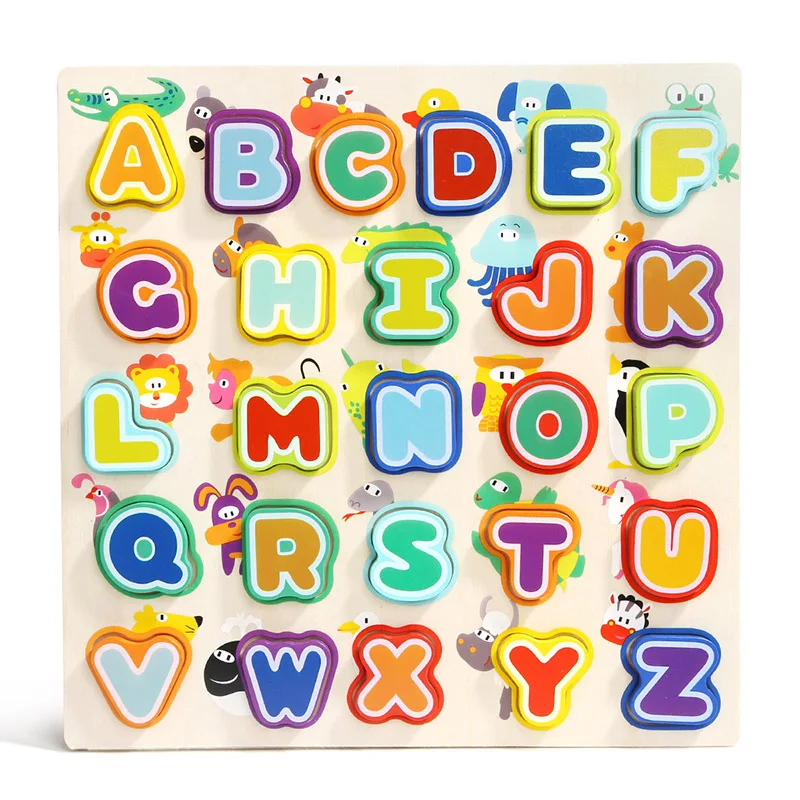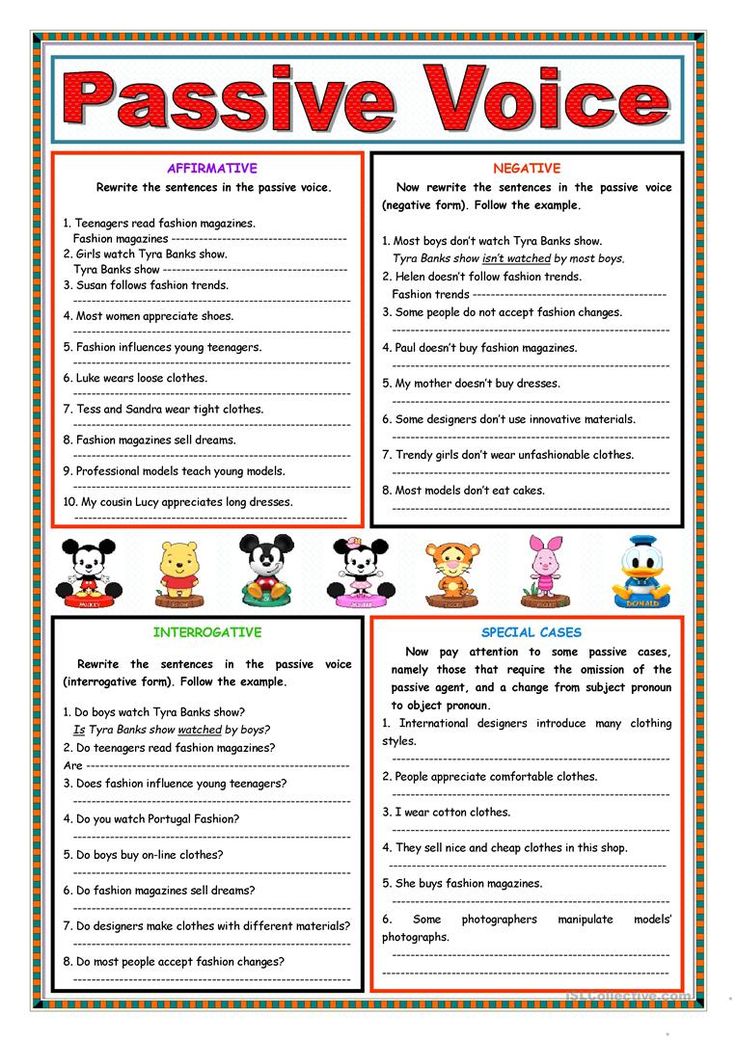Alphabets learning for preschoolers
5 Easy ways to teach the alphabet to preschoolers | Daycare Blog
Teaching children the alphabet is foundational to learning how to read. Before children can put together sounds or draw together lines that make words, they need to know what they are. If you’ve never taught the alphabet before, the concept may sound abstract: how do you teach something that comes so naturally to you? Teaching letters can be really fun and simple. In this article, we’ll give you easy ways to teach the alphabet to preschoolers.
1) Sing alphabet songs
Obviously, we all know the English-language, “A-B-C-D, E-F-G,” song. That’s a great place to start. However, there are more alphabet songs, which can add variety to your tunes, and help kids learn the alphabet in different ways.
This article lists a whole bunch of alphabet songs to try. And, if you saw our article on YouTube channels for toddlers and preschoolers, you can find letter-related songs there too. The visuals in videos can show objects that start with each letter, and sometimes the songs also pronounce sounds too.
One important note brought up by this early childhood educator, is that kids should go from singing the song, to being able to say and point out the letters without a tune. So don’t stop at singing!
2) Play letter matching games
Letter matching games are easy to set up. You can have a poster board with the alphabet printed on it in large letters. Have separate letter magnets or paper letters cut out at the same size as the print letters. Ask the preschoolers to match their cut outs to the letters on the chart. Where does “A” go? Place the letter “A” cut out on top of the printed “A” on the poster board. Get them to practice doing this with all the other letters.
As the early childhood educator mentioned above noted, you can also have an alphabet ‘arc,’ where one end of a half-circle shows the letter “A”, and the other end the letter “Z”. In between you can have other letters in the alphabet shown, but not all of them. Ask the preschoolers to put down their block letters in the right sequence, using the pre-filled in letters as clues.
3) Open a new ‘alphabet box’ each week
You may have seen us post on Facebook that a certain week is brought to you by a letter we’re covering. It may be “C,” and you’ll see photos of us painting the letter C at daycare, or learning about animals that start with the letter “C.” Weekly letter themes are common in preschools.
You can take your weekly letter curriculum a step further by creating a box that children can open to discover objects that relate to that letter.
For example, on the week covering the letter “A,” your preschoolers can open (or even unlock) a box that contains an apple, a toy airplane, a toy alligator, an acorn, an arrow (a safe one!), and so on. In fact, don’t tell the children right away what letter the box of ‘treasures’ represents. Ask them if they can guess the letter they’ll cover that week by observing the objects in the box alone. This can be a fun and whimsical way to have your children get excited about the week ahead, and work together to come up with an answer.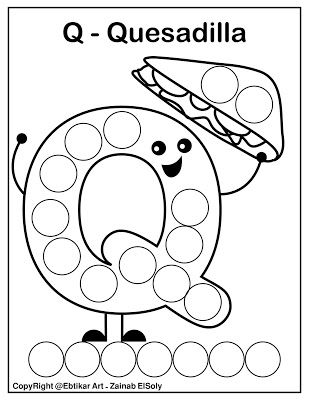
3) Use interdisciplinary learning with each letter, to strengthen letter associations
Since repeating a letter over and over again can get boring, you can mix it up a little by bringing in related lessons. You can start with a week’s letter as your core subject. Then, throughout the day, teach interdisciplinary subjects that still relate.
For example, if you are on the letter “R,” you can learn about the colour “red” too, since it starts with “R.” Ask the children, ‘what things are red?’ If you are on the letter “A,” you can learn about apples. We’ve done this before, where we teach children about the types of apples there are, as well as explain that seeds are inside an apple, and so on.
This blogger lists a whole bunch of crafts you can you incorporate into your letter learning. For example, you can make holes with a hole punch for the letter “H.” This can then lead into learning about the circle shape. You get the idea…
4) If you use flashcards to teach the alphabet, use logical ones
Flashcards are a great memorization tool, and the alphabet is all about memorizing.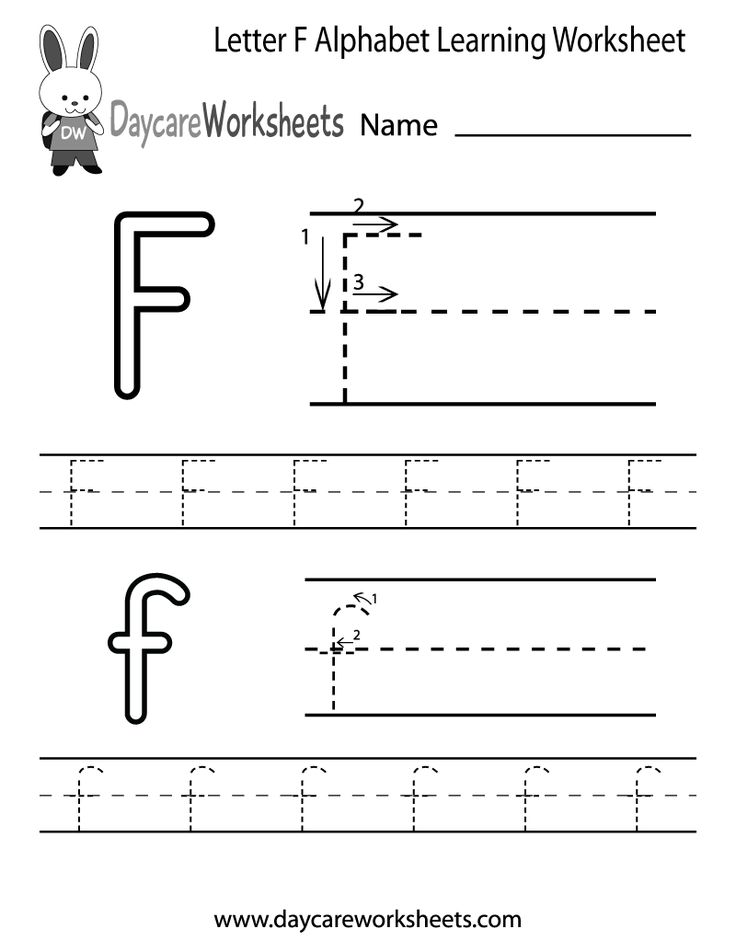 However, this teacher warns that sometimes, pre-made flashcards can get really confusing. If you are teaching the letter “D” and there is an image of something that simply uses the sound of “D” somewhere in the word, but doesn’t start with “D”… well you can quickly see how even adults would be confused by that.
However, this teacher warns that sometimes, pre-made flashcards can get really confusing. If you are teaching the letter “D” and there is an image of something that simply uses the sound of “D” somewhere in the word, but doesn’t start with “D”… well you can quickly see how even adults would be confused by that.
Remember, at this stage, you’re not teaching phonetics or complex vocabulary and pronunciation. First, children need to recognize and know the alphabet. Use the simplest flash cards, with the simplest pictures of the objects and animals that preschoolers can recognize.
That said, sometimes you want to use lowercase and uppercase letters in your flashcards…and yes, that can be confusing for the very young learners, especially when the upper and lowercase look so different, but are called the same thing. But if you’re using a set of magnets, for example, you can just use their uppercase versions, that’s ok (they may only come in that form). For very early learners, you can start really basic. Just don’t forget to start showing them the lowercase and uppercase letters together at some point in their alphabet learning journey.
Just don’t forget to start showing them the lowercase and uppercase letters together at some point in their alphabet learning journey.
5) Eat foods shaped like letters to help preschoolers learn their alphabet
Speaking of interdisciplinary alphabet learning, why not do a baking session with the kids at preschool? They can use letter-shaped cookie cutters to make a fun and yummy snack. Meanwhile, there is a host of lessons you can teach with the baking activity. Chemistry, cooking, nutrition…the list goes on.
If you want the easy route, try commercially-sold letter-shaped biscuits. IKEA has a version of these. Ask your toddler or preschooler to name the alphabet letter they’re about to eat. Eating it can be the reward for getting it right!
And of course, there is alphabet soup, or noodles shaped like letters. You can make mealtime fun, and educational, with these edible alphabet manipulatives.
So there you have it, 5 easy ways to teach the alphabet to preschoolers.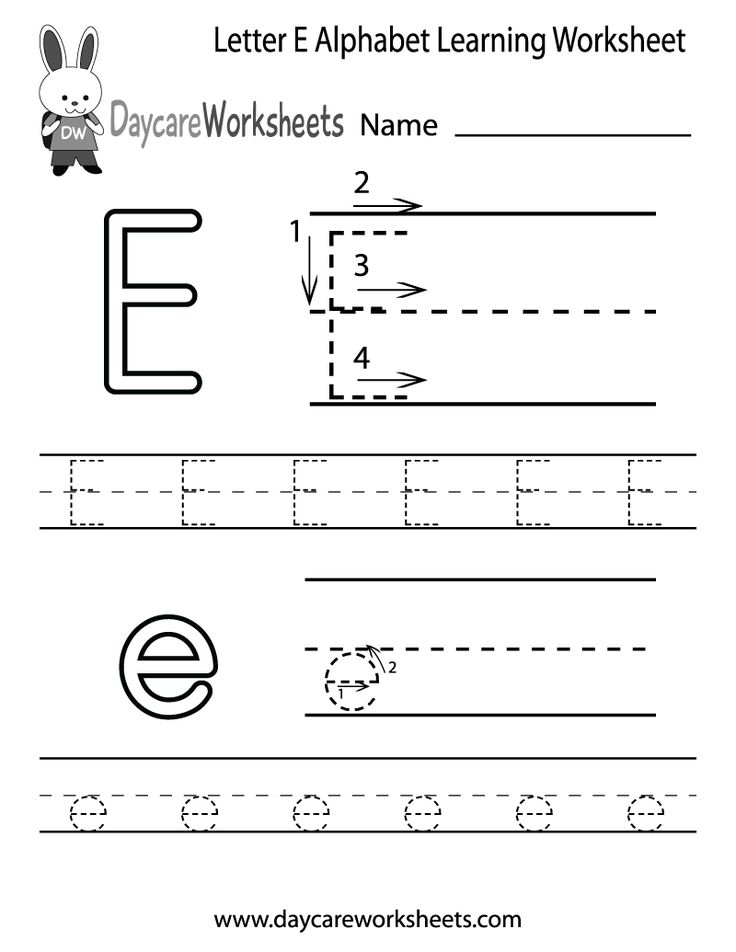 They may even be fun for you, too! It is super cute to hear little ones pronounce letters, and guess what object goes with each letter. When your preschoolers are learning the alphabet, be sure to take every teachable opportunity you can to encourage them to recognize letters in the world around them. If you’re on a field trip, ask the children if they can spot their letter-of-the-week on a street or building sign. If you’re reading a book, see if they can spot the letters you’re reading to them. Keep pushing letter recognition throughout the day, so the lessons can really sink into their memory.
They may even be fun for you, too! It is super cute to hear little ones pronounce letters, and guess what object goes with each letter. When your preschoolers are learning the alphabet, be sure to take every teachable opportunity you can to encourage them to recognize letters in the world around them. If you’re on a field trip, ask the children if they can spot their letter-of-the-week on a street or building sign. If you’re reading a book, see if they can spot the letters you’re reading to them. Keep pushing letter recognition throughout the day, so the lessons can really sink into their memory.
See more on our blog:
- How to teach digraphs to preschool children (6 ways)
- What is the best way to teach word recognition to early childhood readers?
- Why is literacy crucial in the early years? How can parents and preschools help with reading skills?
- How to teach toddlers and preschoolers to count, and learn their numbers
- Ideas for teaching shapes in preschool and daycare
9 Fun Activities That will Help Your Kids Learn the Alphabet
Add variety to your alphabet instruction with these 9 fun alphabet activities for preschoolers.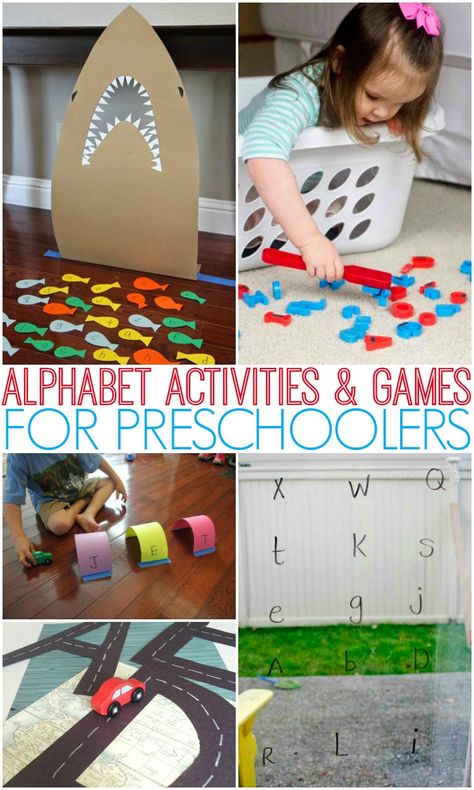 You can even download a sampler of letter A printables to try them out today.
You can even download a sampler of letter A printables to try them out today.
Are you looking for some fun ways to teach the alphabet to your kids?
During the summer I avoided the steamy 100+ temperature by sitting inside reading No More Teaching a Letter a Week by Rebecca McKay and William H. Teale. Under the cool vent of the AC, I was struck by how many times the authors mentioned that kids benefit from varied and repeated exposure and practice with the alphabet.
I know that I like a little variety when I learn. How about you?
There is no need for you to search all over Pinterest for a bunch of activities that will interest your kids as they learn the alphabet.
Today, I’m excited to tell you about the 9 different letter activities that are included in my Super Alphabet Bundle. The wide variety of activities are great for in the classroom or for parents to do at home.
They will give you the opportunity to work on alphabet knowledge in many different ways with your kids.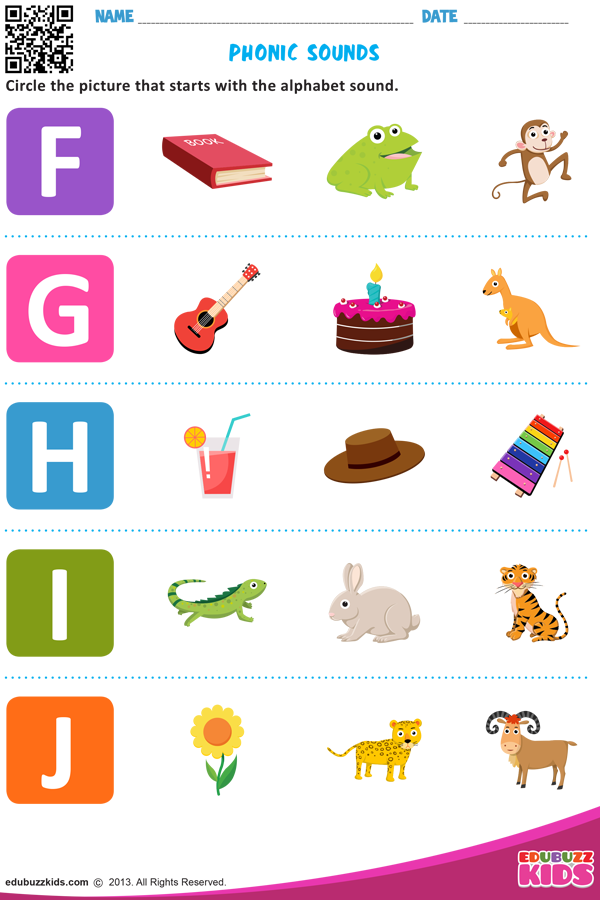
Plus, you can even sample the printable activities.
How to teach the alphabet
Learning the alphabet involves much more than reciting the ABC song. Kids learn the alphabet when they
- learn letter recognition
- learn letter sounds
- learn to form letters
Kids can learn the alphabet through name activities, by reading books, through playful multi-sensory alphabet activities.
There are MANY ways to help kids learn letters, and it’s best to provide a variety of activities.
Let me show you 9 printables to help kids learn the alphabet.
1. Dot Alphabet Activities
The first activity that I want to share is alphabet dot pages. These printable alphabet dot letters can be used to work on letter recognition, letter formation, and letter-sound knowledge.
Kids can trace the letters with their fingers to learn to recognize the unique features of each individual letter. I love that this activity can also be a great fine motor exercise.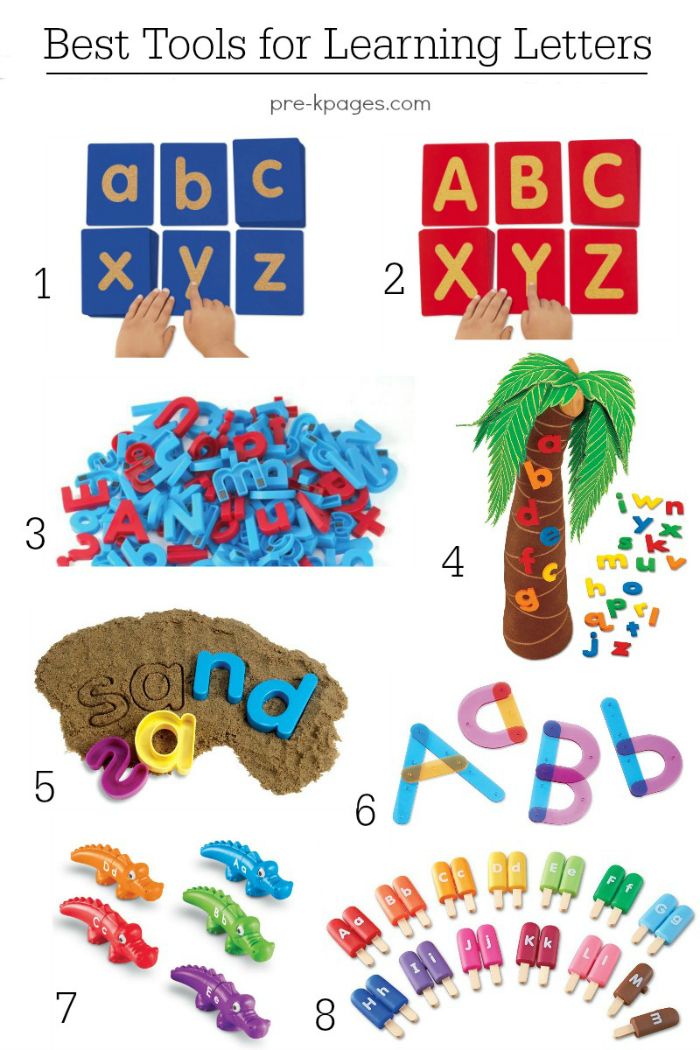 Kids enjoy placing stickers, loose parts, or sticky fingerprints in each circle of the letters.
Kids enjoy placing stickers, loose parts, or sticky fingerprints in each circle of the letters.
To get tons of ideas for using the pages, check out this article about alphabet dot letters
2. An Alphabet Word Wall
Next, you can create a print-rich environment in your classroom with word wall cards. The alphabet header cards in this word wall set are large, square cards with a simple border and large letters so that kids can focus on what is important…the letters. Each word card contains a word in a large, clear, simple font along with a simple illustration…..again clear and simple.
You can also create name cards or custom cards for your word wall. Kids love seeing some environmental print cards up there too.
Because of the trademarked logos, I can’t add environmental print cards to the printable set.
But….let me share a secret…..
You can make them by using a logo image in place of a child’s photograph. Have fun creating them.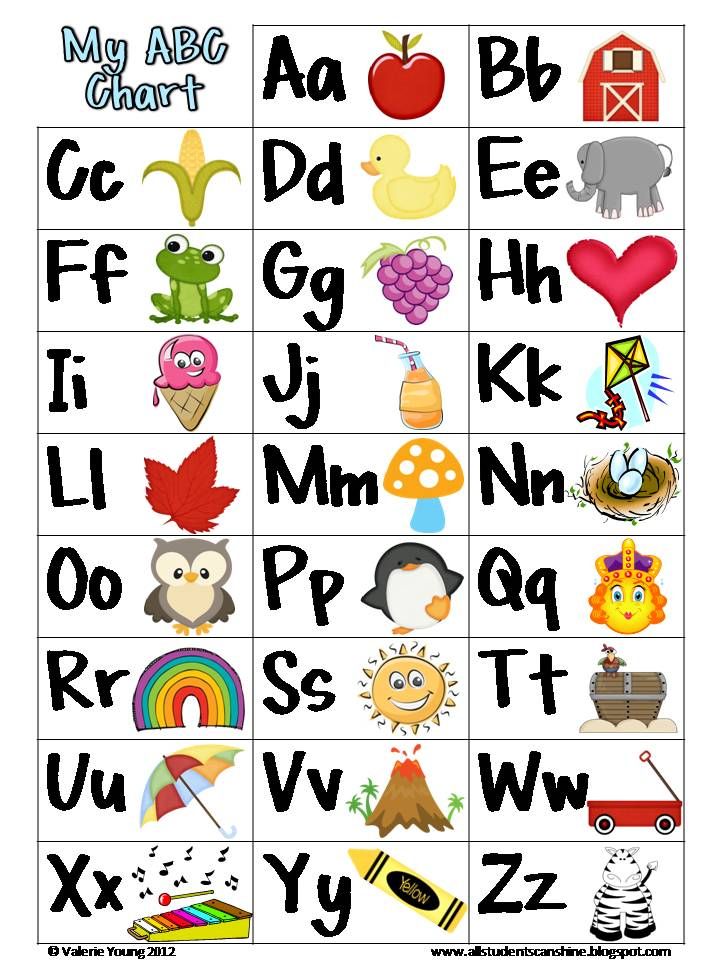 Teachers proudly displayed the Ohio State logo on our word walls when we lived in Columbus, Ohio.
Teachers proudly displayed the Ohio State logo on our word walls when we lived in Columbus, Ohio.
In addition to using the set as a word wall, you can use the resource in pocket charts, on word rings in your writing center. You can also use the word cards and alphabet header cards as a sorting activity, for a word scavenger hunt, or as a matching game
3. Start with a Dot – Letter Formation Activities
Giving kids the opportunity to produce letters will help them learn to recognize the letters. This alphabet tracing activity set includes several different cards to help kids learn to produce letters.
Letter Tracing Cards in a Salt Tray
Finger tracing cards provide a great way to help children learn the differences among the letters. A starting dot serves as a visual reminder on where to start letter formation.
Kids can finger trace directly on the cards or can use the cards as a reference as they reproduce the letters in a salt tray, on a blank wall, or in the air with their magic finger.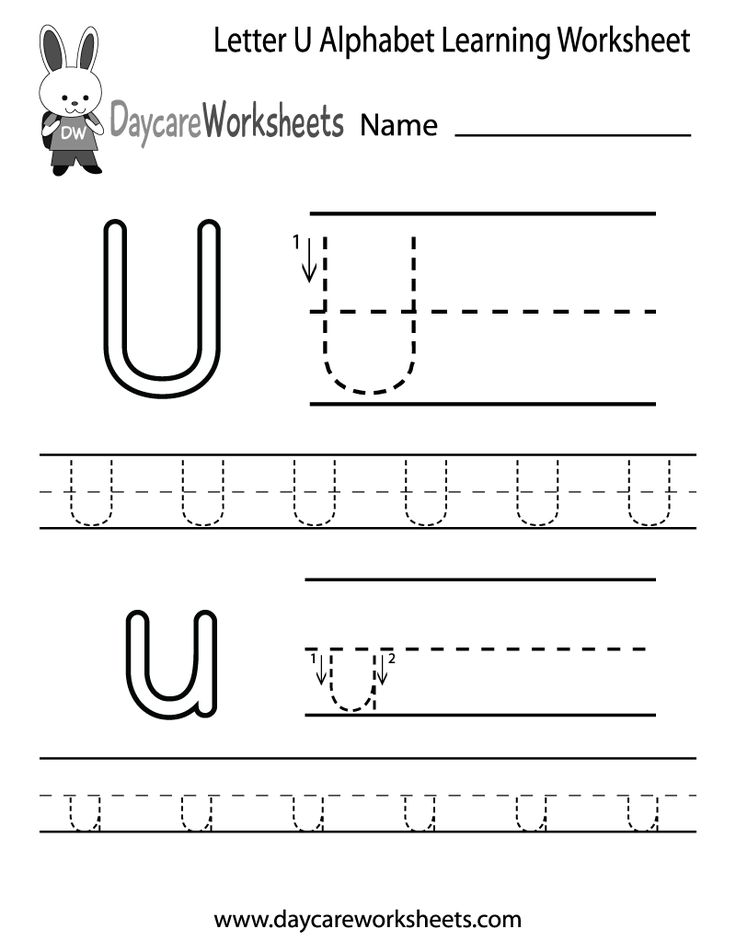
Do you want to know how to put together a salt tray? Check out this salt tray post for some great ideas to make an exciting salt tray for your kids.
Create Tactile Letter Cards
You can also use the cards to make tactile letter cards. Kids love feeling the letters and don’t even realize that they are learning as they do it. Find direction and LOTS of ideas in my article about tactile letters.
Alphabet Tracing Strips
The set also includes 3 sets of alphabet tracing strips so that kids can also practice letter formation with a real-life writing instrument (not a magic finger).
Each set of tracing strips have a different style of tracing font
- yellow
- dotted
- outlined
Some children may find it easier to see their writing on top of the yellow letters, some children may enjoy the challenge of trying to keep their writing within the lines of the outlined letters. Use the style of tracing stripes that are best for your kids.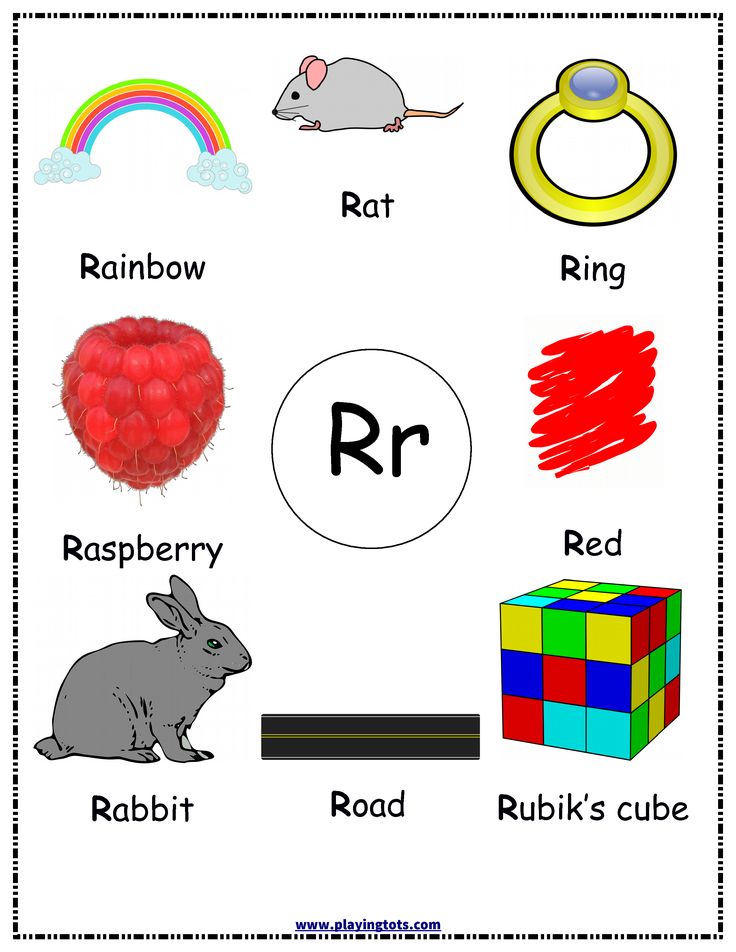
These are not like old-school letter tracing activities. You know what I mean…the ones with all the arrows and numbers. I do not like those things!
Don’t Distract Me! – Arrows and numbers on tracing letters easily distract me. I prefer to use a simple green starting dot on my tracing activities. The dot provides a visual clue to help kids know where to begin when forming letters.
4. My Favorite – Editable Alphabet Activity Sheets
These editable pages provide endless letter activities for your kids.
Practice letter recognition and phonemic awareness in creative and multi-sensory ways. The full set contains lowercase and uppercase editable letter pages, uppercase and lowercase pages without text, 1 full-color editable cover page, and 1 black and white editable cover page.
These letter sheets are my favorite alphabet activity because there are so many ways to use them.
- Create an alphabet book by binding a cover together with ABC pages.
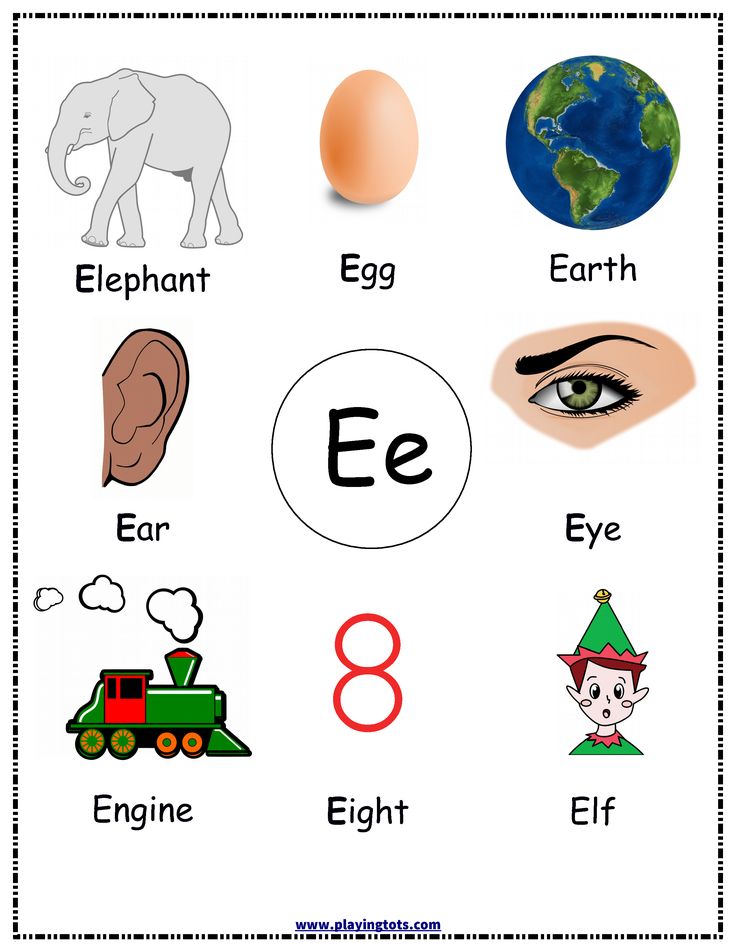
- Make a tactile alphabet book and let kids finger trace the letters.
- Make alphabet pages featuring your kids’ names.
- Create a class name book.
- Use the sheets, along with small manipulative or toys, as play mats or play dough mats.
- Create letter activities or art/craft projects with the letter sheets.
- Use the sheets without text as coloring pages or take-home pages.
If you want to use materials that coordinate with each letter of the alphabet, check out this article for a HUGE list of material ideas for your letter activities.
5. The All-in-One ABC Play Dough & Activity Mats
If you are looking for an easy printable that provides multi-sensory opportunities to practice letter recognition, letter formation, and letter-sound association …all on one page…this alphabet activity mat is it. The full set contains 26 full-color alphabet mats and 26 black and white alphabet mats.
Each alphabet mat contains five sections.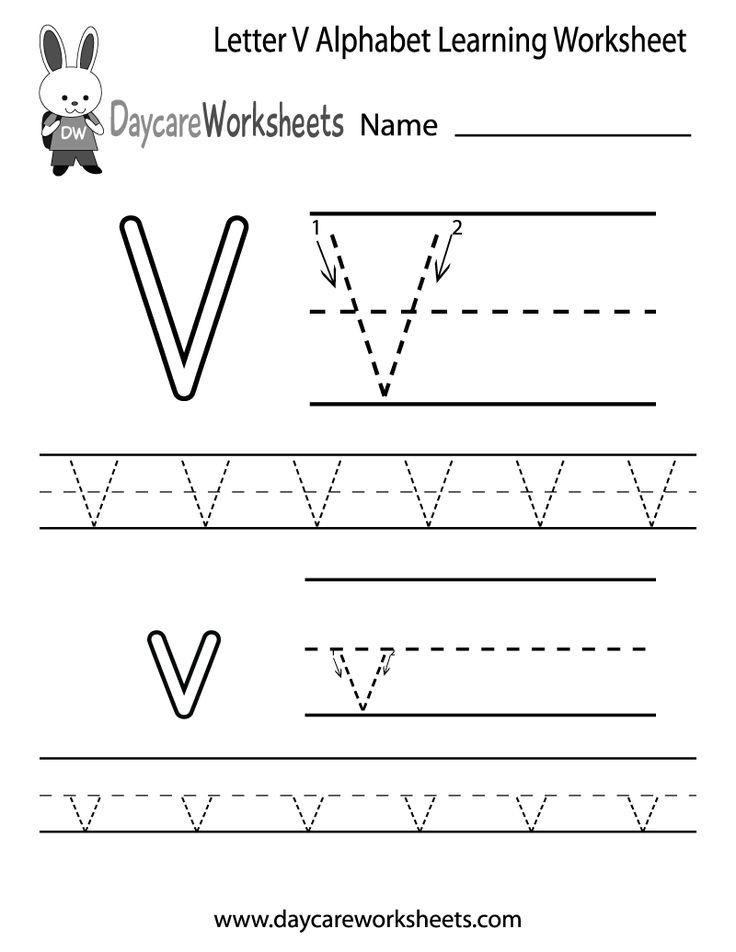
- Alphabet Square – Children can finger trace the large letters or they can place a coil of play dough, wikki stix, or small objects on top of the letter. They can also color the letters.
- Uppercase Alphabet Line– Encourage kids to search for and circle the focus letter among the other letters in the alphabet.
- Beginning Sound Examples– Review the objects pictured with your kids. Name the objects and listen for the beginning sound. Practice the sound associated with the letter. Kids can also search for the letter in each word, and/or circle the letter in each word. Kids can color the pictures on the black and white version.
- Letter Formation Practice– Here is an opportunity to trace letters and write letters on the lines.
- Lowercase Alphabet Line- Finally, kids can search for and circle the focus letter among the other lowercase letters in the alphabet.
6.
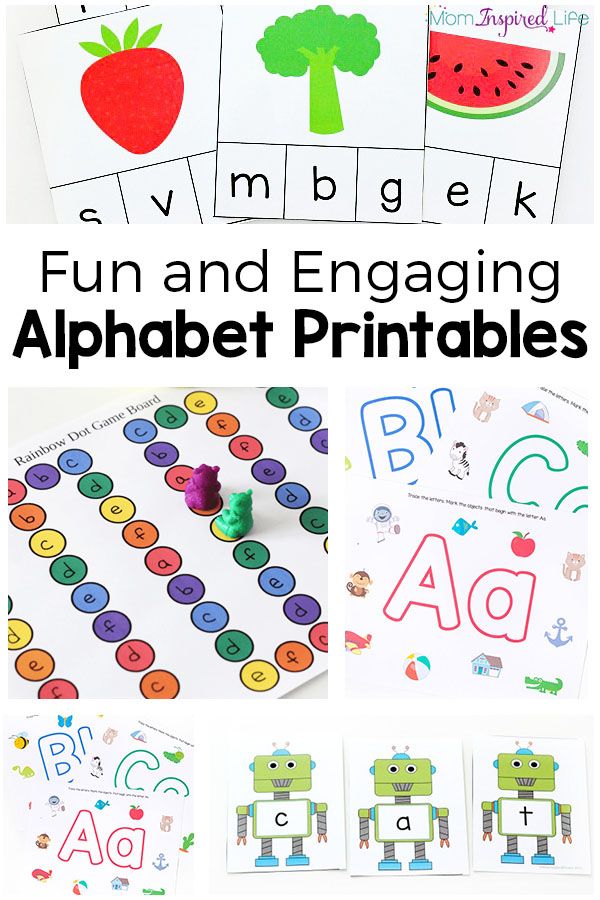 Alphabet Letter Books That Assemble in a Snap
Alphabet Letter Books That Assemble in a SnapMy little alphabet letter books are simple, uncluttered, and are a great way to help kids understand print. The simple, predictable text and pictures are easy for kids to read aloud. Your kids will have the opportunity to practice letter recognition and phonological awareness.
Print the full-page book and use it in the class library and print off the little books for a literacy activity that you can send home with your kids.
Each little book contains a cover, 2-3 picture pages, and a letter tracing page.
- Kids can finger trace, color or use rainbow writing on the large letters on the cover of each book.
- There is simple predictable text on each picture page.
- Kids can read the sentence on the picture pages, circle the letter within the sentence, and color the pictures.
- The letter formation page provides young children an opportunity to trace and write both capital and lowercase letters. A simple starting dot is a great way to help kids learn letter formation without other distractions.
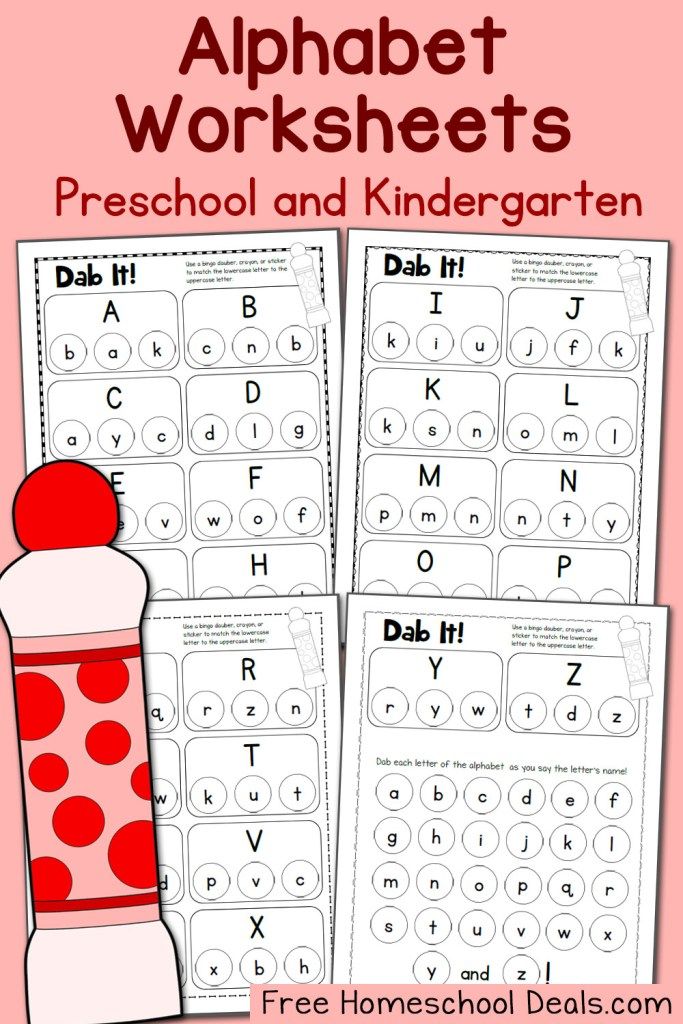
Busy teachers appreciate that the little books are easy to assemble. Check out this video to see how easy it is to assemble four books in a snap.
Because so many people started teaching preschool at home during the pandemic, I updated the to include an option where you won’t end up with 4 copies of the same book.
7. Learning Letters with Fine Motor Activities
Get out the q-tips and learn letters and work on fine motor control with these fun cards. Your kids will learn to recognize letters and proper letter formation (note that the starting point is highlighted) with this fun activity. Check out this article about learning letters with fine motor activities to get more activity ideas.
8. Sorting Words by Beginning Letter and Sound
This ABC picture sort activity gives children the opportunity to practice phonemic awareness skills.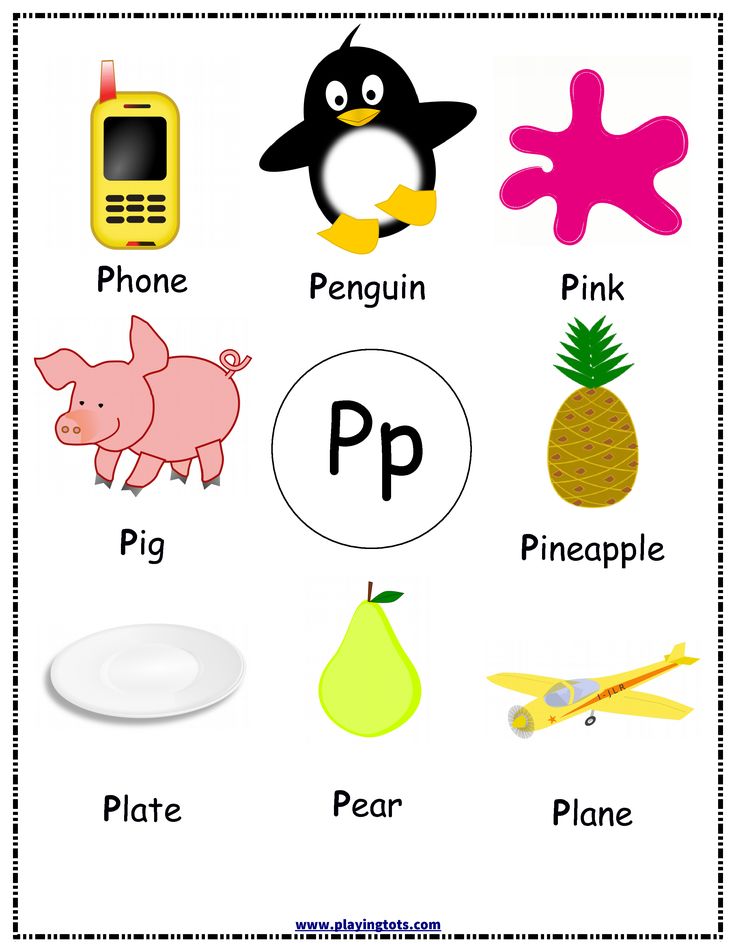 The beginning sound sorting activity includes a complete set of uppercase and lowercase letter boards as well as 52 picture cards (2 for each letter of the alphabet).
The beginning sound sorting activity includes a complete set of uppercase and lowercase letter boards as well as 52 picture cards (2 for each letter of the alphabet).
You can assemble the cards so that they have the name of the pictured object written on the backside.
Ideas for sorting activities and small group games are included.
9. Alphabet Coloring & Activity Pages with a Secret
Finally, these coloring and activity pages will provide children the opportunity to practice letter recognition, letter-sound association, and letter formation. I designed the pages (like many of the activities) in a simple manner so that young kids will not be overwhelmed. The pages are no-prep….just print, copy, and go!
Flexible Options! These activity pages come in half sheet and full sheet sizes. There are two pages for the letter “X” (one with x as a beginning letter and one with x as an ending letter) There is one page for all other letters. Use the pages individually or bind them into an alphabet activity book.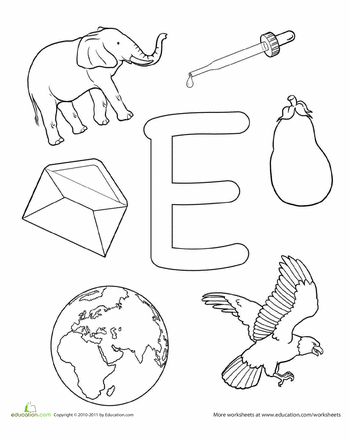 Laminate the pages to use them over and over again in a writing center.
Laminate the pages to use them over and over again in a writing center.
Kids can perform the following activities on each page. Don’t forget to find the hidden letters!
- Color or finger trace large letters.
- Reinforce letter-sound awareness as they “read” and color pictures for each letter.
- Trace uppercase and lowercase letters.
- Print uppercase and lowercase letters.
- PLUS Search for 6 small letters hidden on each page
Sample These 9 Activities Today!
How’s that for a variety of alphabet activities for preschoolers?
You can purchase all 9 of the activities described above individually, or you can purchase them together in a money-saving bundle. Do you want to try them out before purchasing? Download the free sample of the letter A printables today. The ABC sampler includes all of the activities above for the letter A. To download the activity sample, click on the link below:
Free Alphabet Activity Sample
Purchase the Alphabet Activity Bundle
Click on the image below to purchase the complete alphabet bundle:
Learning the alphabet: methods, exercises and games for children
The alphabet is the foundation of reading. Therefore, before you start reading and writing, teach your children the letters.
Therefore, before you start reading and writing, teach your children the letters.
Children can start learning to read as early as preschool age. Parents and teachers need to teach their child how to pronounce sounds correctly in their native language. These are important prerequisites for learning letters and learning to read successfully. The educational process of preschool children is based on visual, acoustic and tactile exercises. The use of various channels of perception in the educational process increases its effectiveness and stimulates long-term memorization of letters.
Learning the alphabet: introducing the child to the alphabet.
To master reading, a child must learn and recognize not only the graphic form of letters, but also be able to compare them with their corresponding sounds. This means that the child must be able to write letters and pronounce them. When the child learns to correctly pronounce all the sounds in his native language and distinguish letters by visual form, go directly to reading.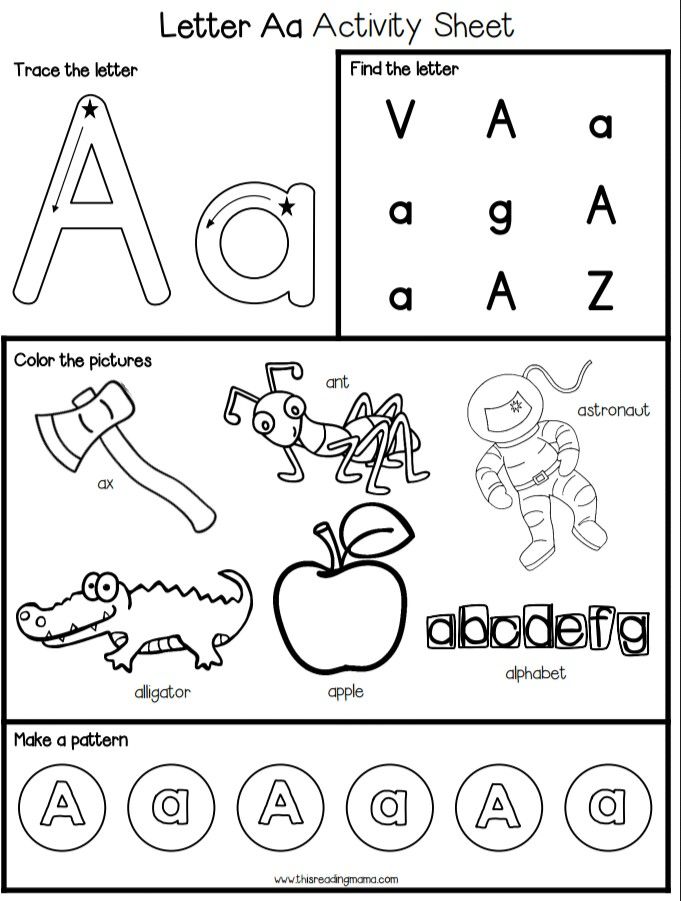 As a rule, at the age of 5-6 years, most children no longer experience difficulties in this.
As a rule, at the age of 5-6 years, most children no longer experience difficulties in this.
See also: Reading and bilingualism. Bilingualism in children
From the age of 5 to 6, children begin to understand that there is a lot of information encoded in language using letters. Thus, they are interested in learning to read by then, as they are naturally curious.
Of course, babies can learn and memorize individual letters quite early. However, their interest, mostly spontaneous, is directed to individual words and letters. Here it is important to gently motivate the child by encouraging him to learn through games and a comfortable environment. However, too much pressure can lead to stress, causing little ones to lose any motivation to learn letters.
Alphabet learning games
The first rule of learning the alphabet: learn the letters one by one!
Don't forget, each letter is made up of visually similar elements.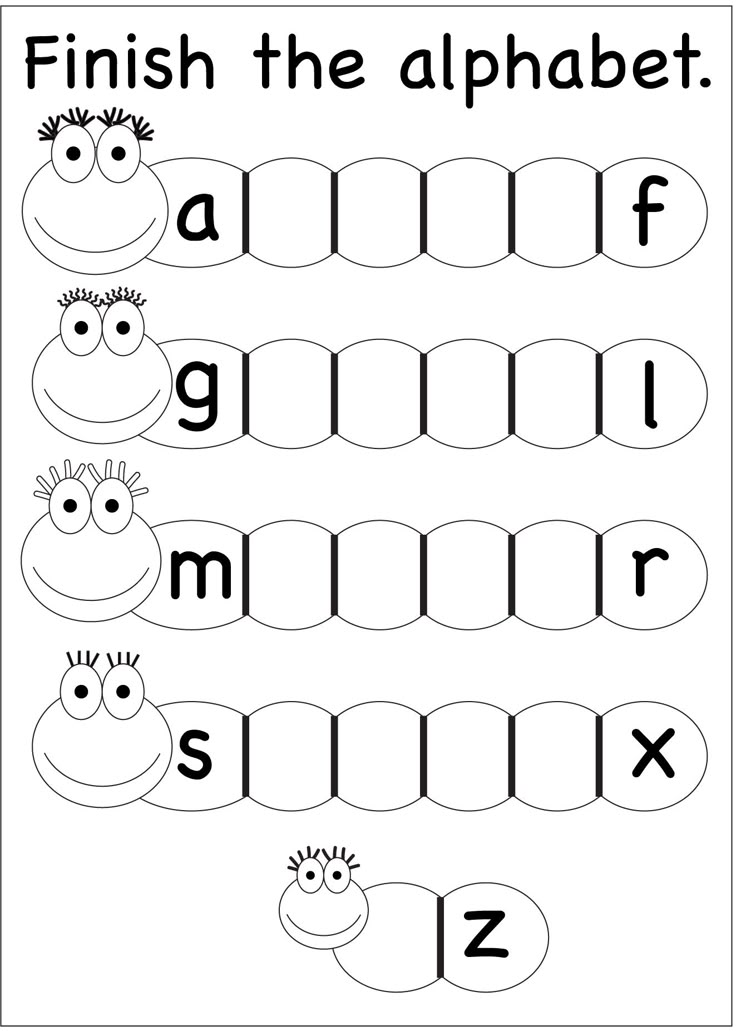 If you try to teach a child several letters at a time, he may become confused. Learn the letters one by one. One lesson - one letter.
If you try to teach a child several letters at a time, he may become confused. Learn the letters one by one. One lesson - one letter.
Second rule of learning the alphabet: take your time!
Give your child enough time for each letter. Plan 1-2 lessons for each new letter. Organize the lesson in a form that is interesting for the child with the help of games.
Tactile method: from studying letters to reading
The child sees something abstract in a letter. Chains of associations will help in learning letters. Associating each letter with something specific or familiar helps the child fix it in his memory.
1. Make a letter out of plasticine
Let's memorize what a letter looks like and develop fine motor skills.
We will need: plasticine (should be elastic), modeling board and a disposable plastic knife.
Together with your child, roll out 8 approximately identical sausages from plasticine.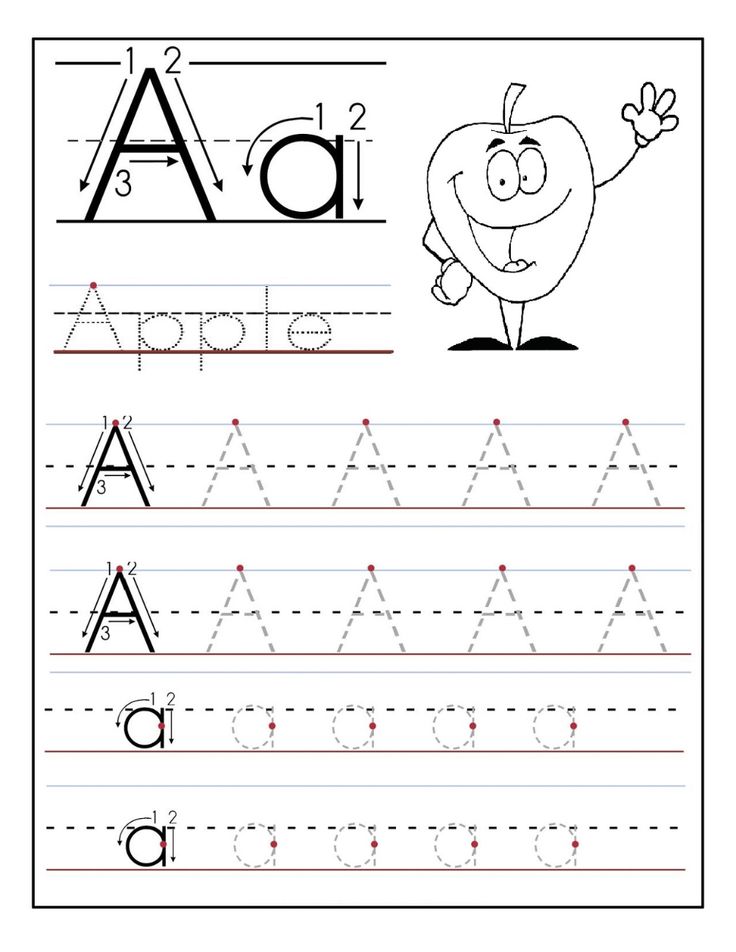 2 - divide in half, 2 - divide into 3 parts. From the remaining 4, make rings by blinding their edges and cut 2 of them in half, creating semicircles. Thus, you should get a set of elements to compose any letters of the alphabet. Show the child a couple of examples and ask them to repeat, collecting previously passed letters.
2 - divide in half, 2 - divide into 3 parts. From the remaining 4, make rings by blinding their edges and cut 2 of them in half, creating semicircles. Thus, you should get a set of elements to compose any letters of the alphabet. Show the child a couple of examples and ask them to repeat, collecting previously passed letters.
2. Magic wands
Let's memorize letters, learn how to make letters from sticks, learn how to transform letters.
We need: a set of counting sticks. If not, you can replace with matches or toothpicks.
The easiest way is to lay out letters from sticks according to a pattern or without a pattern (according to the idea). When the child learns to lay out all the letters, you can complicate the task by laying out objects familiar to the child from them, and then ask them to change them, for example, make a figure resembling a door out of sticks, and then ask the child to remove 2 sticks to make the letter P.
3.
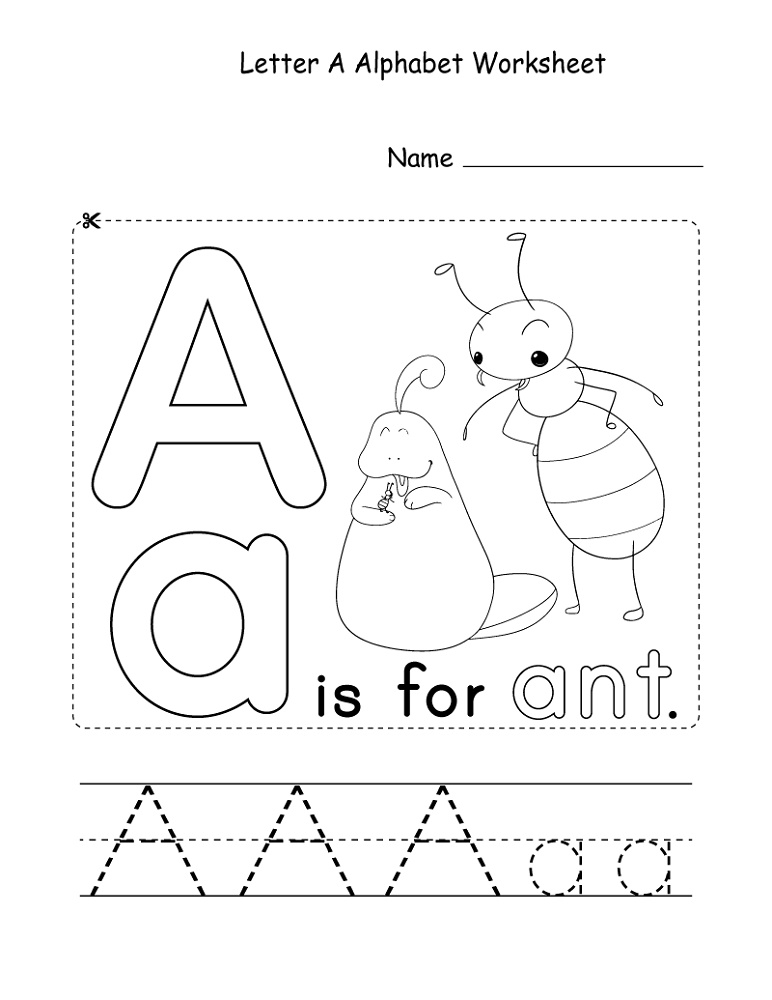 Tactile letters
Tactile letters Memorize letters and develop fine motor skills
We will need: sandpaper, velvet paper, scissors.
Cut out letters from sandpaper or velvet paper. The child will have to close his eyes to identify the letter by touch.
4. Draw a letter on the semolina
Memorize letters, develop fine motor skills
We will need: bright dish tray, semolina
Pour sand or semolina in a thin layer on the tray. Set an example for your child, show how to write letters on the croup with a finger or a stick. Ask him to write next to the letter, the same as you wrote, to write a letter more or less than yours, to add an unfinished letter, or to erase the extra detail of the "wrong" letter. Children will like this game, just shake the tray a little, and the mistake or inaccuracy made disappears!
5. Mirror letter
Memorize letters and train attention
We will need: cardboard, pencil and scissors
Prepare identical cards cards, 2 pieces for each letter.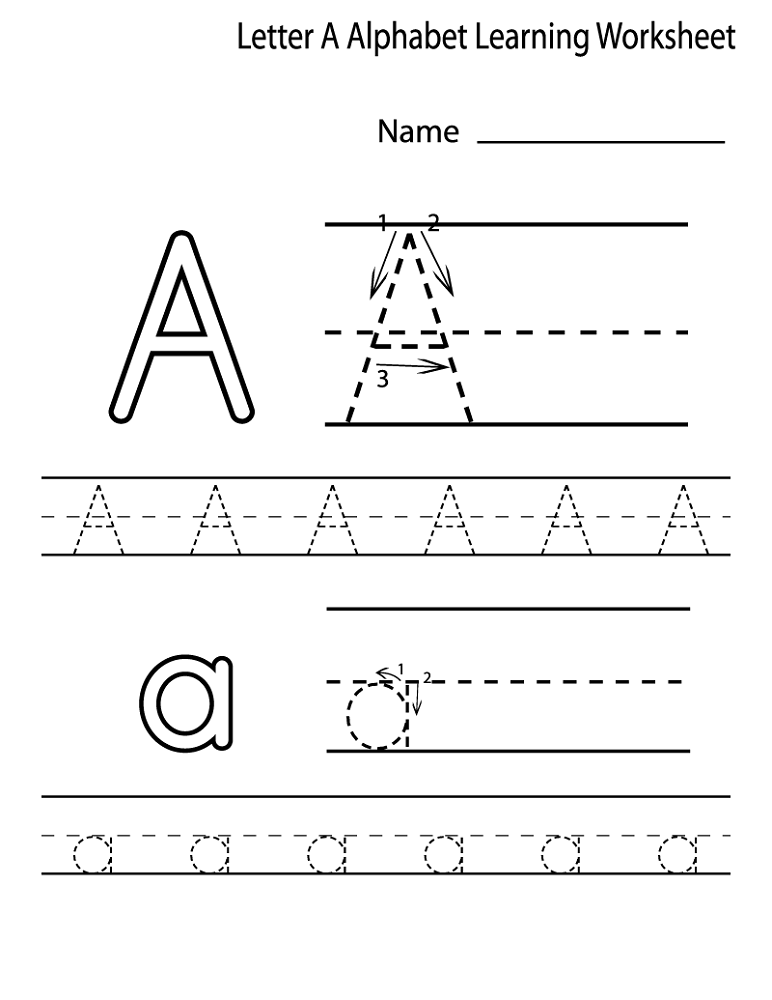 Write 1 letter on each card. Write the letters in mirror image and correctly. Lay out cards with the same letter in front of the child and offer to choose the correct one.
Write 1 letter on each card. Write the letters in mirror image and correctly. Lay out cards with the same letter in front of the child and offer to choose the correct one.
6. Memory test game
Train memory
We will need: scissors, cardboard and a pencil
The game "Memory Test" will challenge even older children. Write each capital letter on one card and lowercase letter on the other card. Turn over all the cards and place them on the table. Ask your child to match uppercase and lowercase letters. You can complicate and add a dictionary element. Have the children match the letter of the alphabet with the picture that starts with that letter.
7. Bean bag
Memory training
We will need: a bag of beans or other bulk material, a tablecloth or a large piece of paper.
If you want to warm up a bit while you study the letters, play a game of Beanbag. Write the alphabet randomly on a large piece of paper. Give the children a bean bag and ask them to put it on paper. The child must name a word that begins with the letter on which the bag fell. If a student is stuck, help him.
Give the children a bean bag and ask them to put it on paper. The child must name a word that begins with the letter on which the bag fell. If a student is stuck, help him.
Ask the child to check the chosen letter with letters from the alphabet. Be sure to ask the name of the letter. The exercise will help children learn to distinguish visually similar letters and avoid mistakes when writing them in the future.
Drawing, coloring, cutting letters out of paper and gluing them together develop fine motor skills in children. Self-made flash cards with letters facilitate memory and associative thinking, creating the basis for tactile games. You can make postcards alone or with your child. Letters can be cut out of paper of various textures and pasted onto cards made of cardboard or paper. Then you can ask the child to pick up letters from 2-3 cards with their eyes closed.
Literacy begins with learning the letters of the alphabet. Combine different perceptual styles.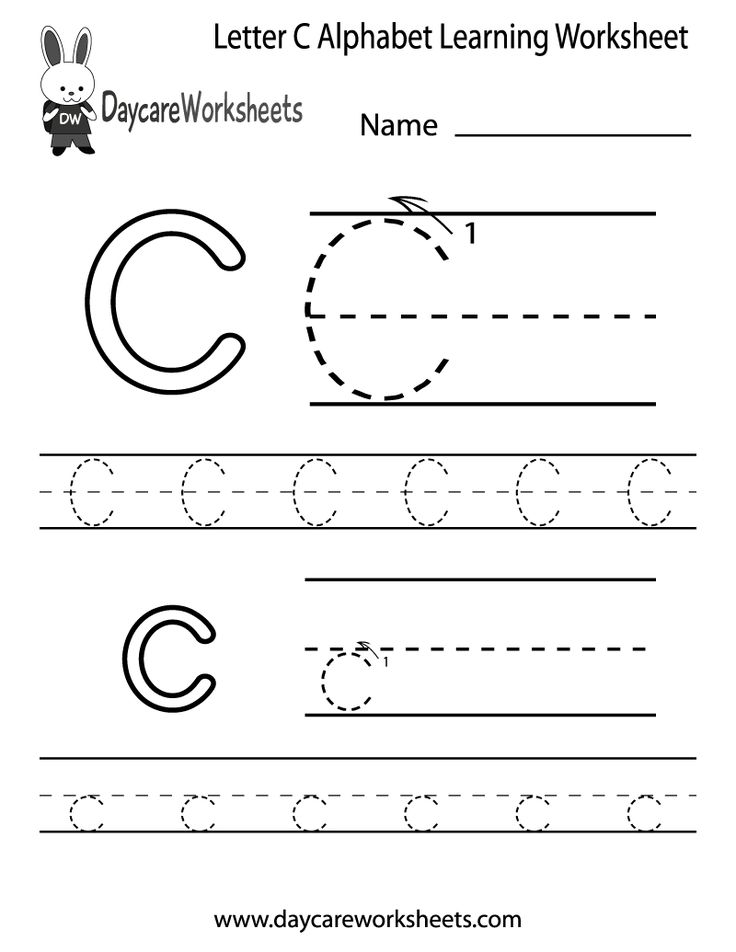 The alphabet learning games described above help children to learn letters at different levels. Moreover, fine motor skills play a crucial role in the formation of systematic connections in the mind of the child and create the basis for the development of reading and writing.
The alphabet learning games described above help children to learn letters at different levels. Moreover, fine motor skills play a crucial role in the formation of systematic connections in the mind of the child and create the basis for the development of reading and writing.
ABC online for children. We learn the Russian alphabet.
| Speaking alphabet - for kids Home Teaching letters | ||
| Read simple syllables Linking a letter to a syllable. Reading words and sentences by syllables Teaching numbers | ||
Hello dear parents.
Your child is growing up, and you have set yourself the task to teach him the knowledge of letters and teach him to read words . Most likely you already have both alphabet and cubes with letters from which you can add words. You may have already had unsuccessful attempts teach your baby the alphabet . The child, on the other hand, either confused the letters, or generally refused activities that were uninteresting to him. Especially for your children, this speaking alphabet was created, which will definitely interest the child and it will be easy and natural for him to learn letters with the help of familiar images.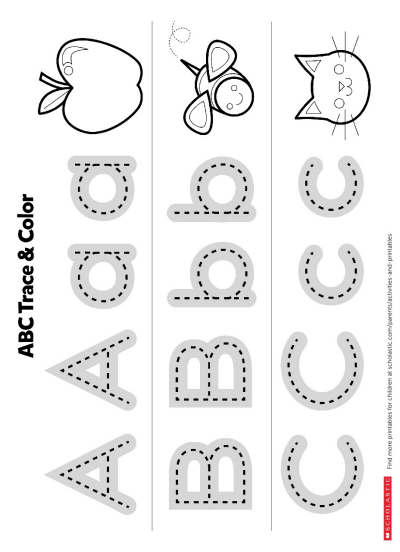
Your children probably already know the computer well and will be happy to learn Russian letters of the alphabet on their own in a playful way with the pronunciation of letters and words by the cartoon heroine "Masha and the Bear" . You just need to click on any letter of the alphabet and your child will plunge into the world of letters and words . To reinforce knowledge, an easy-to-remember rhyme is specially selected, which Masha pronounces with expression and a short cartoon about a letter. The talking alphabet for kids was created with the support of a child psychologist and is designed to memorize letters, numbers and associated associations.
We are glad to inform you that we have abandoned Flash and switched to modern HTML5. Thus, the online alphabet is now fully functional on all modern devices, cross-platform and cross-browser. Just have your child click on the pictures and listen to Masha explain the meaning of .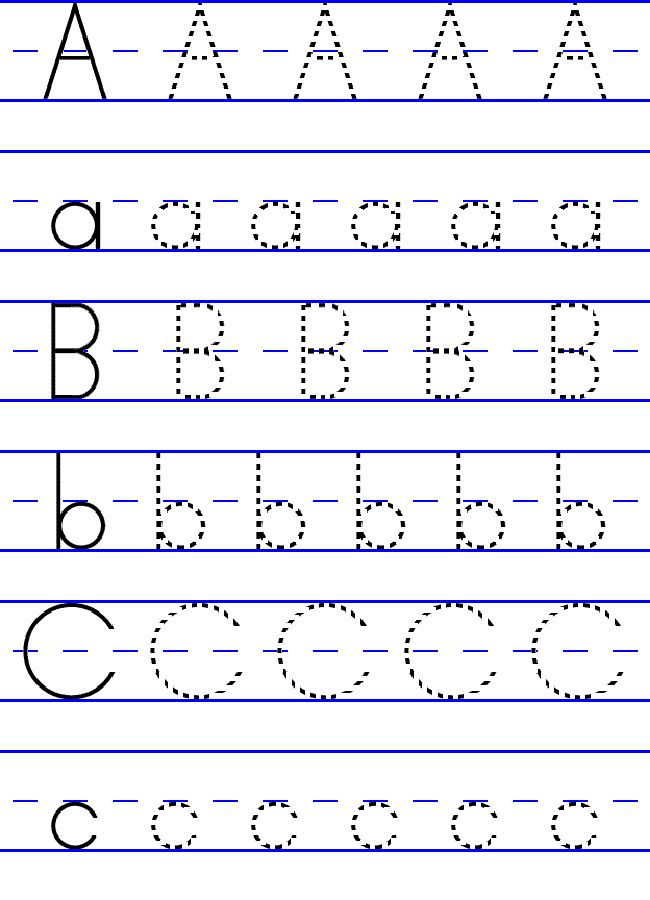 Learn letters from your tablet, iPad, laptop, computer...
Learn letters from your tablet, iPad, laptop, computer...
And one more thing. If you opened the site from a tablet or iPad and the mobile version loaded, turn your device to landscape position and refresh the page. The full version of the site will load.
Huge request to share the site in social networks. By doing this, you will help us a lot!
Don't forget to turn on the sound!
Note to parents
:
Why do you need to learn letters before school
Why do you absolutely need to teach your child at least the alphabet, if the first grade program includes learning from scratch?
Probably triggered parental instinct.
- You are sure that your classmates will already be able to read, and you do not want to see your child among the lagging behind. Maybe you yourself read before school and it was easier for you to comprehend science with some knowledge received from your parents.
- Perhaps you want to distinguish your baby from the "gray crowd" of the same age, and proudly demonstrate the child's knowledge to friends and acquaintances.
- Perhaps the baby himself showed interest in learning letters and he has enough perseverance to devote 10 - 15 minutes a day to learning (Very good, if so!)
From four to five years, depending on the characteristics, the baby can already analyze objects and their purpose. He is interested in properties and possibly "strange drawings" written on them. If your baby asks, pointing to the words, what is it? Everything! Your child has "grown up" and you can gently, not intrusively start learning attempts.
But if the child still cannot concentrate on the task, refuses to repeat, is restless and gets tired quickly, then it is better to wait a while.
And another important point! Is it possible to harm the baby with activities? Yes, if the parent does not take into account the individual abilities of the child and overloads his intellect with too much information.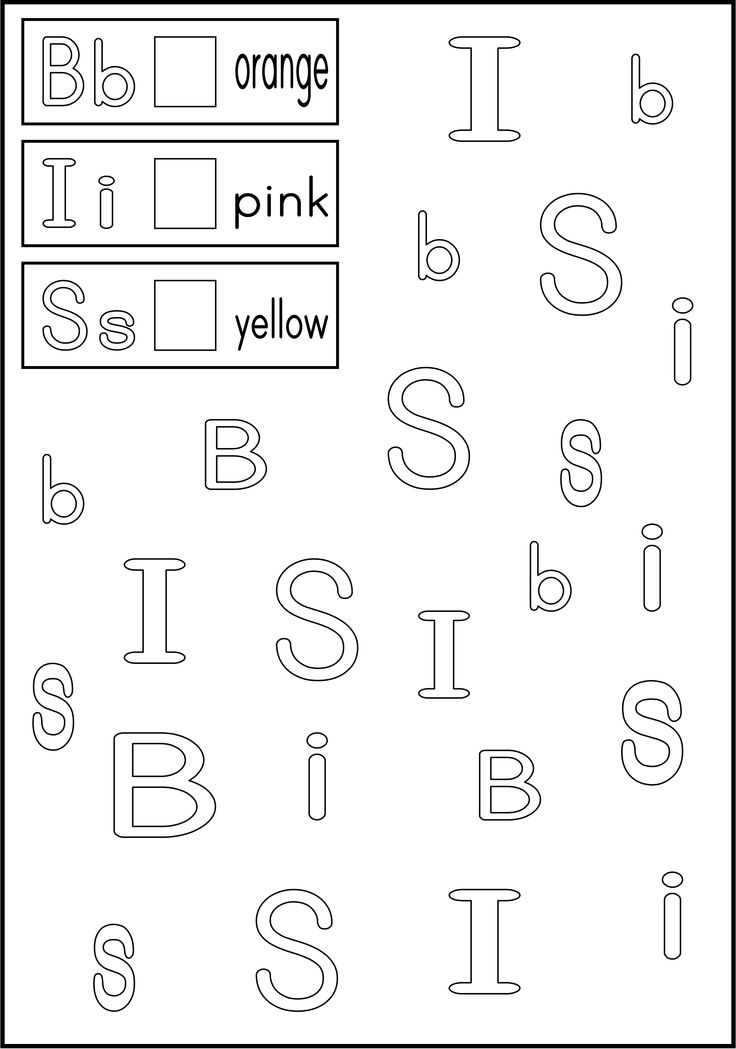

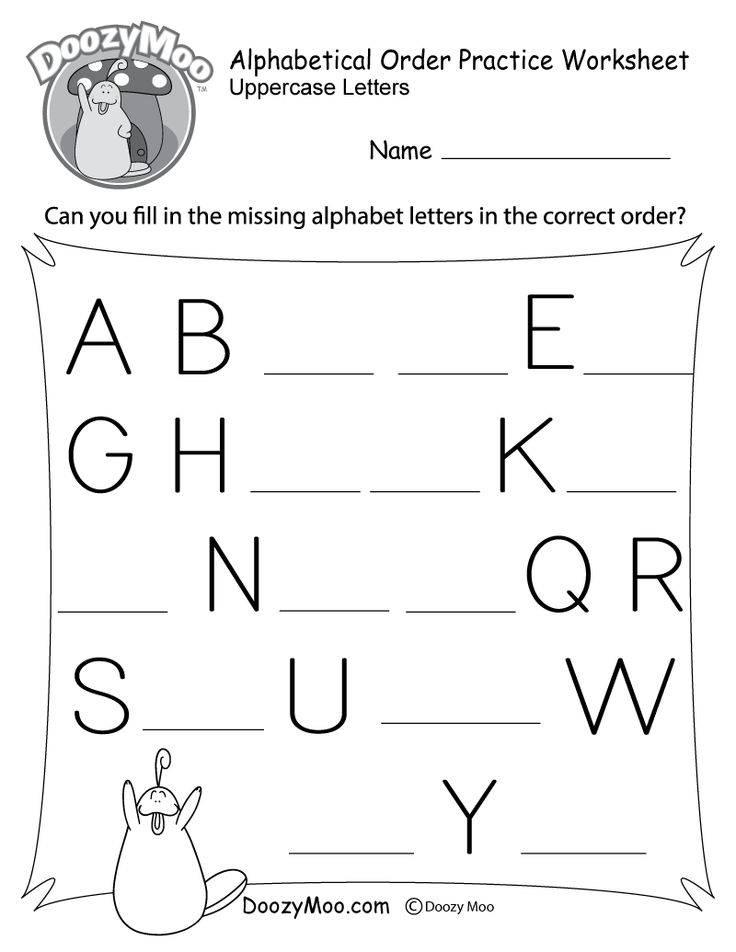 First words
First words 